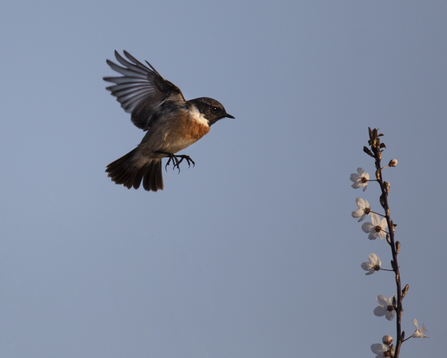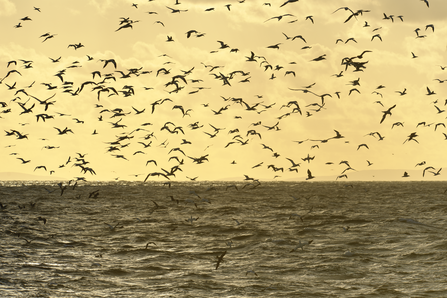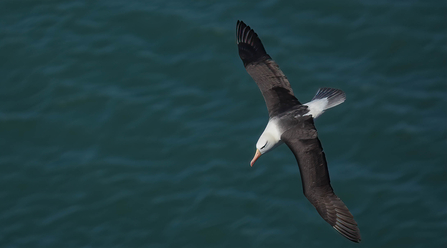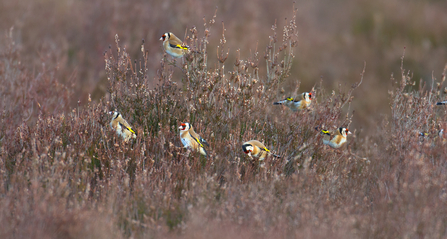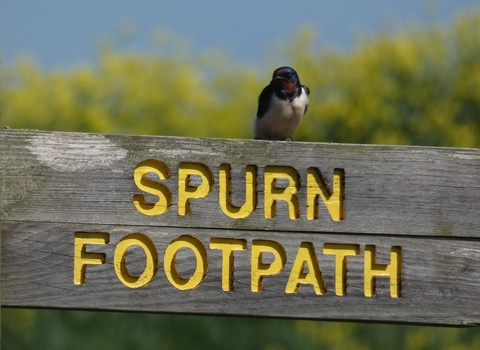Whether flying from the south to breed in the spring, from the north in the winter in search of food and milder weather, or simply passing through on their journey, bird migration is one of the UK’s most impressive natural events.
Autumn migration has a very different feel to the great northerly rush of spring. The urgency is gone, birds slowly working their way south towards their wintering grounds, often stopping off for days or even weeks to refuel for the rest of their journey.
As our own summer visitors gradually disappear, birds that spent the summer in more northerly countries start to pass through on their way south. Huge numbers of flycatchers, chats and warblers arrive on our coasts from Scandinavia, all with one thing on their mind: the journey to Africa.

